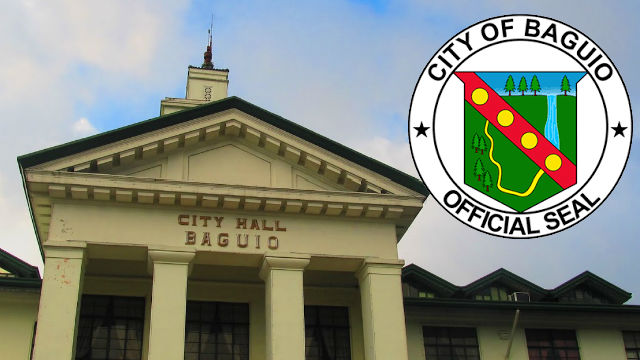BAGUIO CITY – The City Council last Wednesday received proposals from two private individuals meant to solve the traffic problem haunting the City.
Engr. Teodorico Tan who serves as technical consultant of the Traffic and Transportation Management Committee proposed the creation of the Baguio City Parking and Traffic Management Office, a super body that would oversee all road and traffic concerns of the City.
Tan said the City’s traffic problem has become a huge concern that necessitates the full attention of an office of which functions are solely devoted to it.
In his presentation, Tan said the proposed body will exercise management and control on all road concerns including parking, revision of updating of traffic rules, implementation of mitigating solutions, revision of traffic routes and enforcement of traffic laws.
It will take charge of coordinating road works with government agencies and of future researches and studies aimed at improving the traffic conditions and facilities in the City.
It is proposed to be composed of a traffic engineer as head with staff members and traffic enforcers.
Apart from the creation of a fully functional traffic office, Tan said the City should address the need for parking spaces and buildings, relocation of loading and unloading areas for public utility vehicles in more strategic areas, assignment of taxi stands, consolidation of jeepney routes, transfer of the central transport terminal from the central business district and the stricter and consistent implementation of all traffic laws.
For the long-term solutions, he said the City should start considering the installation of all necessary traffic infrastructure, the construction of an elevated pedestrian walkway system and the updating of the old traffic measure Ordinance 7-84.
For his part, traffic observer Joseph Edison Claridades presented his traffic plan for “smarter roads” for better vehicular and pedestrian traffic flow in the city.
He proposed major changes in the traffic system like the imposition of “no stopping” within ten meters before and after intersections, reduction of the number of one-way streets at the central business district, the strict implementation of public transport stops or loading and unloading zones and identification of new pedestrian crossings.
He also advocated the maximization of the use of police resource to direct traffic in some intersections and the promotion of “traffic calming” at the CBD and some highways.
Claridades also called for the implementation of modern roundabouts at crucial intersections, transit lanes and self-enforcing road markings.
Both proposals were referred to the city council committee on transportation and traffic legislation under Councilor Benny Bomogao for consideration and immediate recommendation.
By Aileen P. Refuerzo












